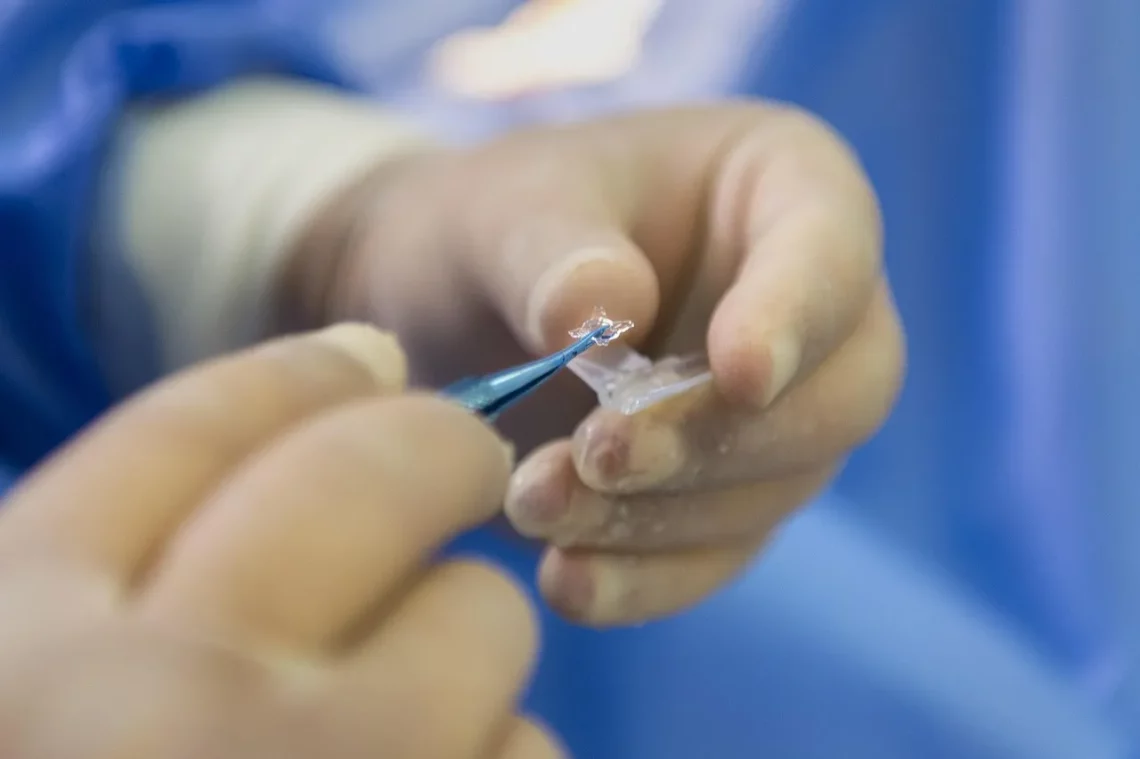
Understanding Leg Extension Replacement: Benefits and Considerations
Leg extension replacement is a procedure that has garnered attention in the realm of orthopedic medicine and rehabilitation. People across various age groups and activity levels may encounter issues related to leg mobility and stability, which can significantly impact their quality of life. As individuals age or engage in high-impact activities, the risk of injury or degeneration in the joints and muscles increases, leading to chronic pain or difficulty in performing daily tasks.
The leg extension mechanism plays a crucial role in maintaining proper movement patterns and overall leg function. When this mechanism becomes compromised due to injury or wear, it may necessitate a replacement to restore mobility and alleviate discomfort. Understanding the intricacies of leg extension replacement involves examining not only the surgical procedure itself but also the potential benefits, risks, and considerations involved in the decision-making process.
This procedure can significantly enhance an individual’s ability to carry out daily activities, participate in sports, and improve overall physical health. However, each person’s situation is unique, and it is essential to weigh the pros and cons carefully. This article aims to provide a comprehensive look into the advantages and considerations surrounding leg extension replacement, helping individuals make informed decisions about their health and mobility.
What Is Leg Extension Replacement?
Leg extension replacement refers to a surgical procedure aimed at restoring the function of the leg extension mechanism, typically involving the quadriceps muscle and patellar tendon. This operation is often indicated for patients experiencing severe knee pain, instability, or reduced range of motion due to conditions such as osteoarthritis, ligament injuries, or previous surgeries that may have compromised the knee’s structural integrity.
During the procedure, the surgeon may replace damaged tissues or fixate the existing structures to improve functionality. This could involve tendon grafts, the use of synthetic materials, or other techniques designed to enhance the leg’s biomechanical properties. The primary goal of leg extension replacement is to re-establish the normal movement of the knee joint, allowing individuals to regain their independence and improve their overall quality of life.
The recovery process following leg extension replacement is crucial for achieving optimal results. Patients typically undergo a rehabilitation program tailored to their specific needs, which may involve physical therapy to strengthen the surrounding muscles, improve flexibility, and restore functional movement patterns. The timeline for recovery can vary widely based on the individual’s age, overall health, and adherence to rehabilitation protocols.
It is essential for patients to have realistic expectations about the outcomes of leg extension replacement. While many individuals experience significant improvements in pain and mobility, some may still face challenges during their recovery. Open communication with healthcare providers, along with a thorough understanding of the procedure and its implications, can help patients navigate this journey more effectively.
Benefits of Leg Extension Replacement
The benefits of leg extension replacement are multifaceted and can have a profound impact on an individual’s quality of life. One of the most significant advantages is the relief from chronic pain that often accompanies conditions like osteoarthritis or ligament injuries. By addressing the underlying issues within the leg extension mechanism, patients frequently report a marked decrease in discomfort, enabling them to engage more fully in daily activities.
Improved mobility is another critical benefit of this procedure. Many individuals who undergo leg extension replacement find that they can move more freely and participate in activities they once enjoyed, such as walking, running, or playing sports. Enhanced mobility not only contributes to physical health but also positively affects mental well-being, as individuals gain confidence in their ability to navigate their environment.
In addition to pain relief and improved mobility, leg extension replacement can lead to better functional outcomes. This means that patients often experience an increase in their strength and endurance, allowing them to perform tasks that may have been challenging prior to the procedure. Enhanced physical capabilities can lead to a more active lifestyle, which is essential for overall health and longevity.
Furthermore, leg extension replacement may reduce the likelihood of future injuries. By restoring the proper function of the leg extension mechanism, patients can achieve better alignment and biomechanics during movement. This correction can help prevent compensatory patterns that often lead to additional injuries down the line.
Lastly, the psychological benefits of undergoing this procedure should not be underestimated. Many individuals report an improved quality of life, increased independence, and a renewed sense of purpose following leg extension replacement. The ability to return to hobbies and social activities is a powerful motivator for individuals on their path to recovery.
Considerations Before Undergoing Surgery
While leg extension replacement offers numerous benefits, several crucial considerations must be addressed before deciding to proceed with surgery. One of the primary factors to consider is the patient’s overall health and medical history. Individuals with pre-existing conditions, such as diabetes or cardiovascular disease, may face increased risks during and after the surgical procedure. Therefore, a thorough medical evaluation is essential to ensure that the patient is a suitable candidate for surgery.
Another consideration is the type of leg extension replacement being proposed. Different techniques may be employed based on the specific issues affecting the leg extension mechanism. Patients should engage in open discussions with their orthopedic surgeons about the various options available, including the potential risks and benefits of each approach.
The rehabilitation process following leg extension replacement is another critical factor to consider. A commitment to post-operative physical therapy is essential for achieving the best possible outcomes. Patients should be prepared for a rehabilitation program that may last several months, during which they will need to engage in exercises designed to strengthen the knee and restore full function.
Financial considerations also play a role in the decision-making process. The cost of leg extension replacement, including surgery, rehabilitation, and any necessary follow-up care, can vary significantly based on factors such as insurance coverage and geographical location. Patients should explore their options and consult with their insurance providers to understand the financial implications of the procedure.
Lastly, patients should consider their personal goals and expectations regarding the outcomes of the surgery. Understanding what can realistically be achieved through leg extension replacement will enable individuals to set appropriate goals and remain motivated throughout their recovery journey. Speaking with previous patients or support groups can provide valuable insights into the experiences of others who have undergone similar procedures.
Long-Term Outlook and Maintenance of Leg Health
Following leg extension replacement, maintaining leg health becomes a crucial aspect of ensuring long-term success. Patients must recognize that their journey does not end with surgery; rather, it marks the beginning of a new chapter in their physical health. Engaging in regular physical activity is essential for preserving the gains made through surgery and preventing future issues.
Low-impact exercises, such as swimming, cycling, or walking, can help build strength and improve cardiovascular health without placing undue stress on the joints. Incorporating flexibility and balance exercises into a routine can also enhance overall stability and prevent falls, which are particularly important for older adults or those with compromised mobility.
Additionally, patients should remain vigilant about their weight management. Excess weight can place additional strain on the knees and other joints, potentially leading to complications or the recurrence of pain. A balanced diet rich in nutrients that support joint health, such as omega-3 fatty acids, antioxidants, and vitamins, can contribute to overall well-being.
Regular follow-up appointments with healthcare providers are essential for monitoring progress and addressing any concerns that may arise. These check-ups allow for early detection of potential issues and enable healthcare professionals to provide guidance on any modifications needed in the rehabilitation program.
Moreover, patients should actively listen to their bodies and be mindful of any unusual symptoms or changes in their condition. Early intervention can often prevent further complications and ensure a smoother recovery process.
In conclusion, leg extension replacement can significantly improve the quality of life for individuals experiencing difficulties with mobility and pain. However, achieving the best outcomes requires careful consideration of various factors, including overall health, surgical techniques, rehabilitation commitment, and long-term maintenance of leg health.
**Disclaimer:** This article is for informational purposes only and should not be considered medical advice. Always consult with a healthcare professional regarding any medical concerns or conditions.




